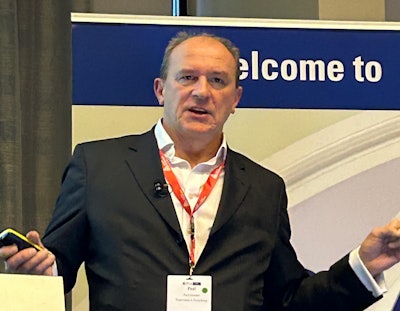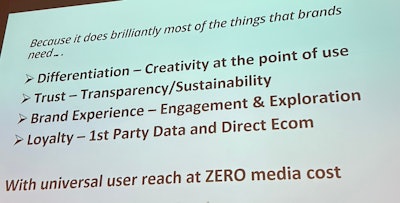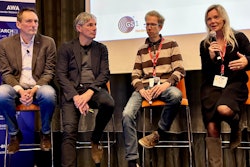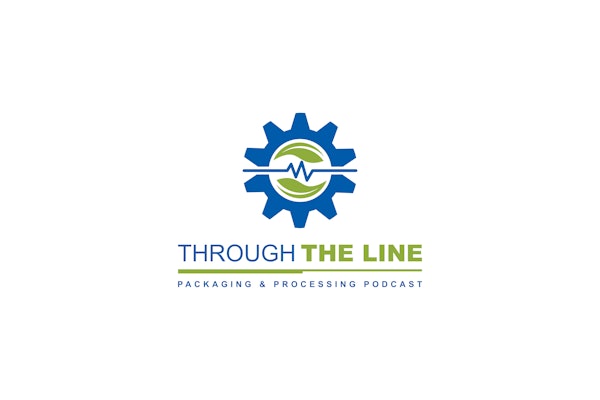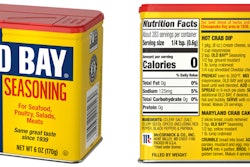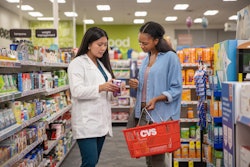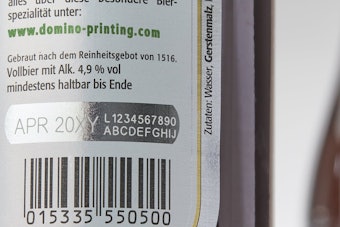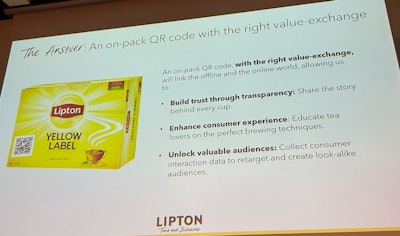
With advancements in technology such QR codes, AI, and the metaverse, the line between the physical and digital worlds is becoming less distinct, resulting in more integrated, or “phygital,” experiences. In the brand world, smart packaging is the vehicle for these experiences, offering CPGs unprecedented opportunities for consumer engagement, data collection, and supply chain transparency. However, there are still technological and behavioral challenges to overcome before smart packaging can reach its full potential.
A prime example of this is the journey Lipton Tea & Infusions has embarked upon with its tea packaging, a journey that was shared with attendees at the AIPIA & AWA Smart Packaging World Congress, held in Amsterdam in late 2024.
As Alix Courdier, global head of marketing, technology, and data for Lipton Tea & Infusions, explained, Lipton has some tough challenges to tackle around its product offerings, the most pressing of which is a negative consumer perception. “In a few markets, Lipton is seen as a bad quality product,” he told the audience. “We see this as unfair. We apply the highest standards to our whole supply chain, and we want to make this visible to our consumers.”
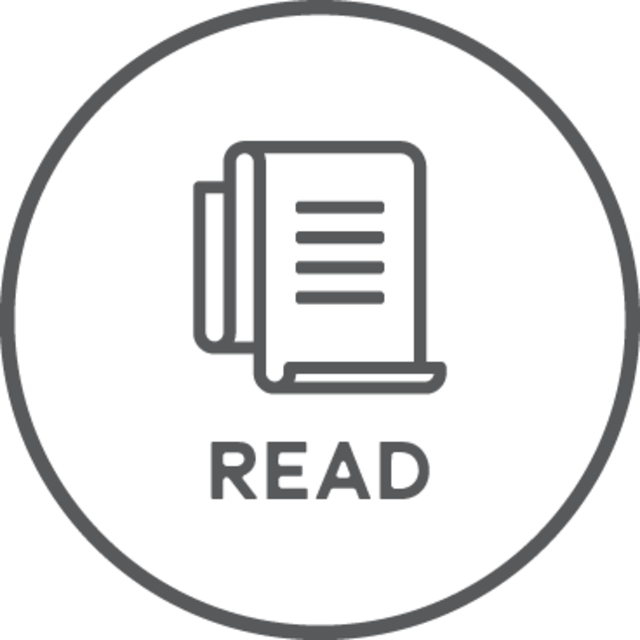 | Read this related article, “Digital Display Labels Set to Transform the Clinical Supply Chain” |
In his presentation, “From Leaf to Life: Lipton’s Vison for a Connected, Consumer-Centric Packaging Future,” Courdier shared how Lipton is in the early stages of leveraging smart packaging technology with three goals in mind: to elevate the perceived value of its products, educate consumers on the nuances of tea brewing, and gather data for more effective, targeted media campaigns.
“The common point for these three initiatives is that they can easily be solved online, but we needed to find a way to link offline and online,” said Courdier. “For us, the solution was an on-pack QR code. The QR code allows us to build trust through transparency, so we can really go over the tea journey, from the moment it was collected to the moment it is consumed.”
Lipton’s vision for connected packaging
The “leaf to cup” capability is not enabled yet, but Courdier explained Lipton’s vision for the feature, using hypothetical 35-year-old female consumer Sarah as an example. “When Sarah picks up a pack of Lipton tea and scans the QR code, she’s instantly transported into the journey from leaf to cup,” he said. “This beautifully designed landing page welcomes her, and she then traces the origins of her tea and meets the farmers who cultivated the tea. She can also watch short videos of the tea fields, maybe in real life see the meticulous process of tea picking and understand the steps we take to obtain the highest quality [product].”
 Alix Courdier, global head of marketing, technology, and data for Lipton Tea & Infusions
Alix Courdier, global head of marketing, technology, and data for Lipton Tea & Infusions
This transparency will also include information on Lipton’s commitment to sustainable farming practices, reducing water usage, and minimizing carbon emissions, empowering “Sarah” to make informed choices. Currently, the QR code leads consumers to a landing page that provides generic information on where their tea variety is sourced.
When fully enabled, the digital link will also enhance the consumer experience by educating consumers on different brewing techniques, “for example, green teas should be boiled at 80 degrees Celsius, black teas should be boiled at 100 degrees Celsius,” explained Courdier. “Otherwise, you’re not enjoying the product to its fullest. We really want to be able to explain that to our consumers.”
For Lipton’s internal use, the QR code will enable it to unlock valuable data on its consumers to create a “lookalike” audience—people who have similar characteristics online but that haven’t consumed Lipton’s products yet—and target them along with existing customers.
‘A virtual circle of data’
The end goal is “a virtual circle of data,” whereby the consumer scans the QR code and links offline and online, the consumer is directed to the landing page, which provides details on the tea journey, Lipton collects consumer data (both anonymous and personally identifiable information [PII]), and the data is used for media (re)targeting (audience creation) and email campaigns, leading to purchase.
As Courdier explained, Lipton’s expectations for the connected experience go beyond transparency and education. It also plans to add features such as personalization and gamification, as well as make the QR code accessible (AQR) so that 2.2 billion blind, partially sighted, and “long-arm brigade” consumers can also use it.
“This is the vision, but while there are a few initiatives going on at Lipton, we are not there yet,” said Courdier.
To conclude his session, Courdier invited attendees—and the industry at large—to collaborate with Lipton to address four challenges. The first, he explained, is related to supply chain integration to bring tea-specific information to consumers. “Ensuring product authenticity and traceability demands innovation,” Courdier said. “We are right now exploring technologies like blockchain to create a transparent supply chain, and we need technology partners to help us develop scalable and secure solutions.”
The second challenge is making the connected packaging accessible to all consumers, through tools such as dynamic text. “We need support in making content accessible to everyone, even those with visual impairments,” Courdier said.
 | Read this related article, “10 Quotes Worth Sharing from the Smart Packaging Congress” |
Lipton’s third challenge, he noted, deals with integrating advanced technology without compromising sustainability. “We need innovation, eco-friendly materials, and energy-efficient solutions to ensure every scan supports our sustainability mission,” he said.
And, finally, the last challenge outlined by Courdier was around how to get consumers to engage in repeat scans. “Creating long-term engagement requires a creative approach to keep consumers returning,” he said. “Loyalty programs, dynamic content, and fresh incentives are areas where Lipton can shine.”
In conclusion, Courdier told the audience, some of whom he hoped will be potential partners, “Our vision is ambitious, so we want to innovate together, and we are ready to take some risks to pursue this vision.” PW
